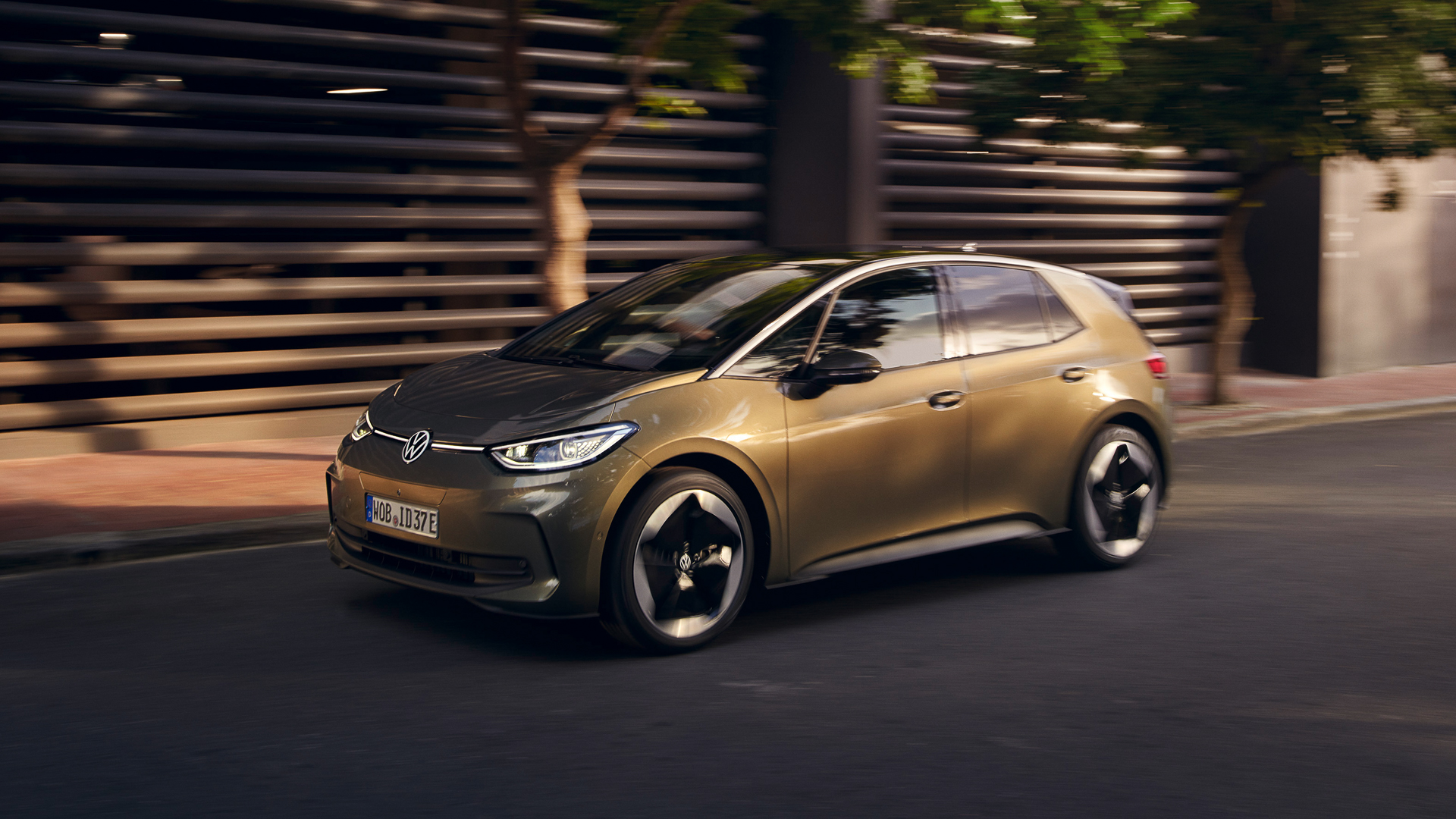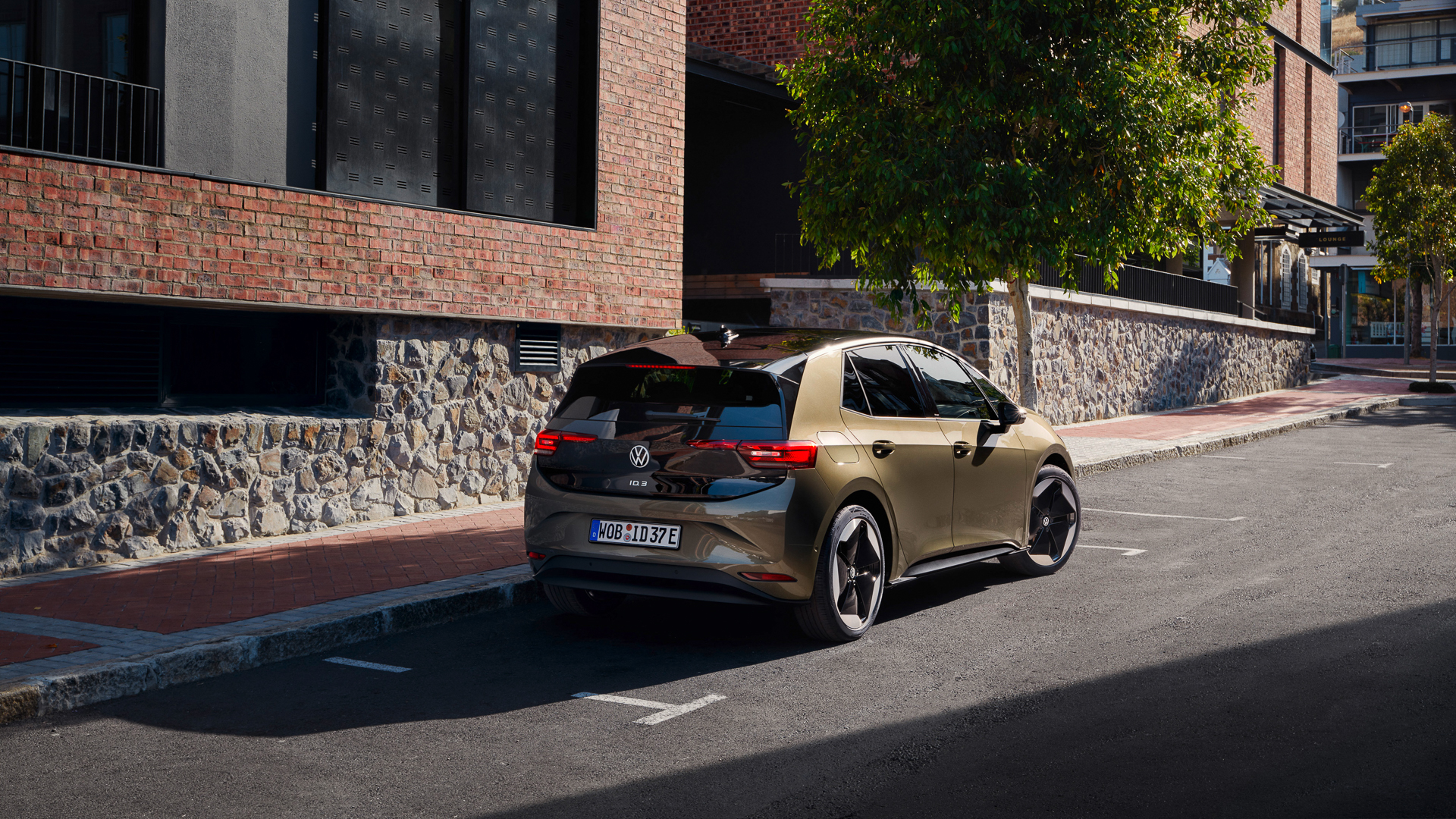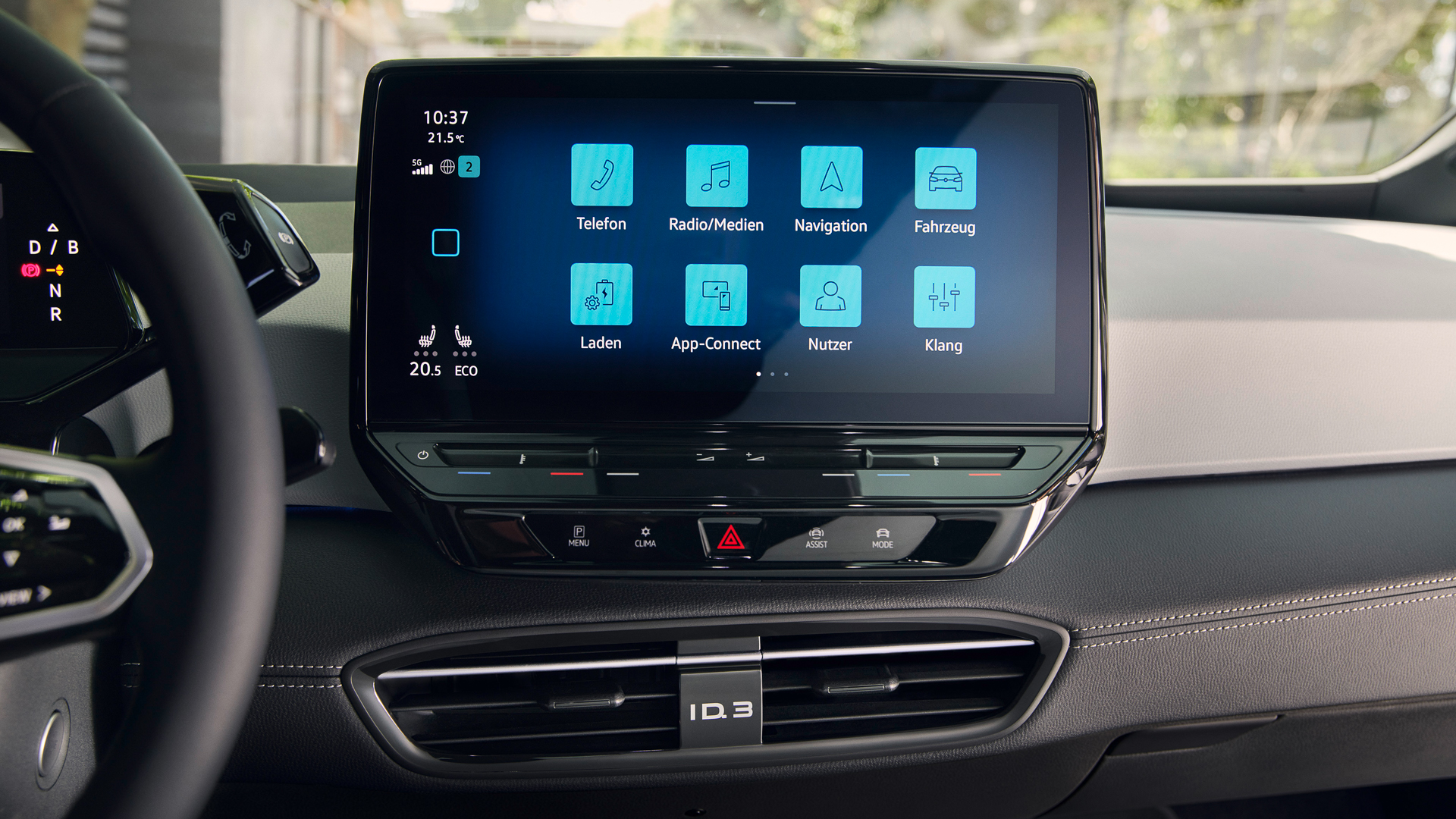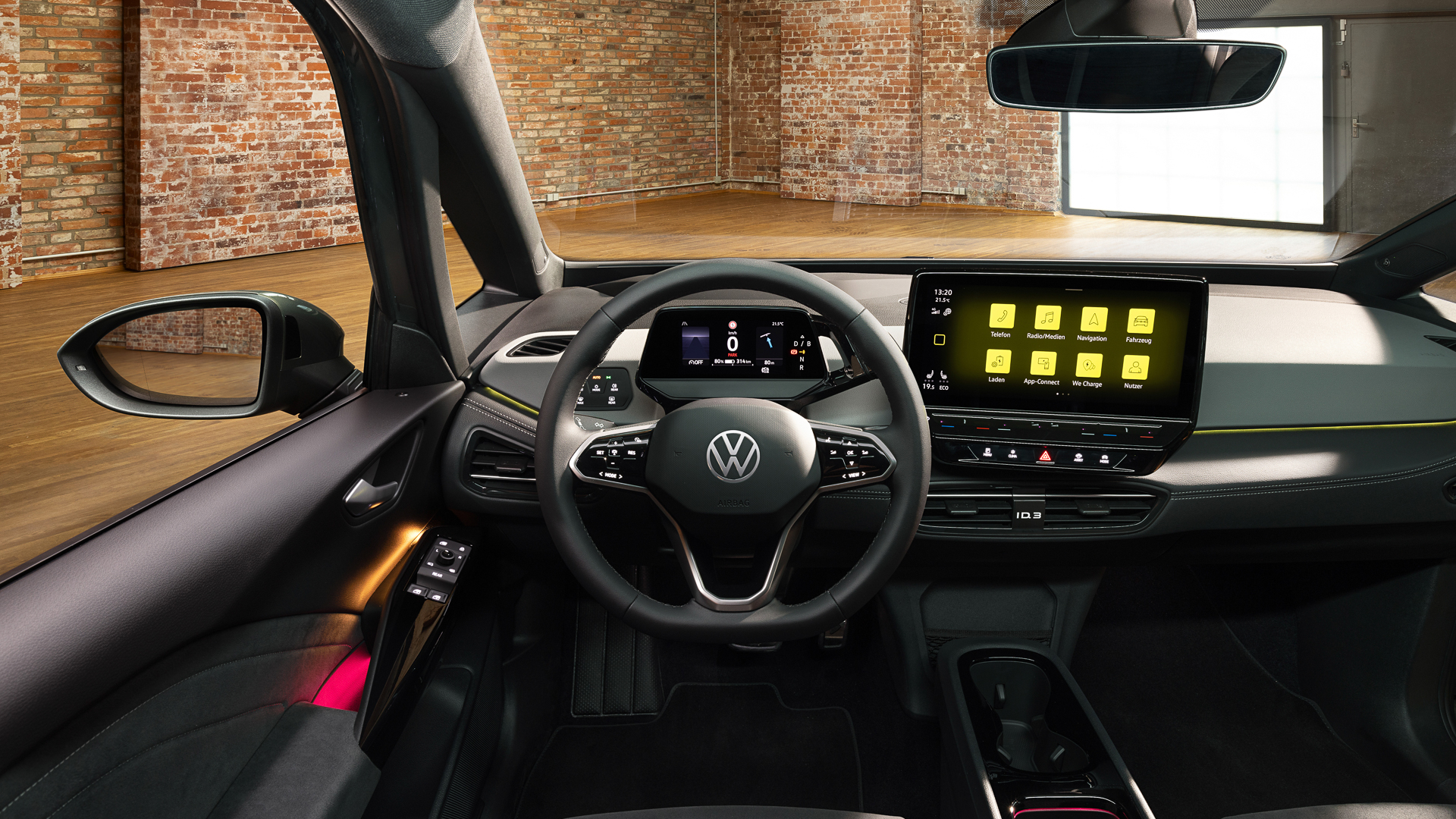Updated Volkswagen ID.3 revealed with customer-driven interior revamp
The facelift electric car features a new cabin with animal-free materials and fewer touch controls


The people have spoken and, Volkswagen says, it has listened. So much so, that the newly updated ID.3 electric car features an interior with improved materials, design and switchgear – all of which were demanded by VW’s customers.
These may seem like small changes, but they could well mark a turning point for the VW Group, and for new cars as a whole. With the revamped ID.3, Volkswagen is taking a step back from an emphasis on touch controls that earned complaints from buyers.
VW describes the changes as a “comprehensive product revamp”. Alterations include a newly designed front end intended to make VW's smallest EV seem more dynamic. But the interior is where most of the changes are found. VW says: “Numerous suggestions from customers were taken on board and implemented in order to improve product value and enhance the standard equipment package.”
Key among these changes is a revised haptic feedback system, which VW says is the result of improved material quality and soft, foam-backed surfaces that “create a new haptic experience.”

We sincerely hope this haptic feedback is far closer to the tactile click of a physical button than that of the previous-generation ID.3, which attracted criticism for controls that were too easy to press by accident, especially those on the steering wheel.
The new car is equipped with an animal-free interior as standard, with what VW says is “a high proportion of recycled materials”.
VW also says how the new ID.3’s door panels “have been remodelled to include softer and larger surfaces.” While the hand rests in the doors are now “more generous and have a clearer design.”
Get all the latest news, reviews, deals and buying guides on gorgeous tech, home and active products from the T3 experts

In a further bid to emphasis VW has listened to customer feedback, Imelda Labbé, VW’s board member responsible for sales, marketing and after sales, said: “Our focus is always on the needs of our customer. That is why we listen carefully and align our product range in accordance with their demands.”
The cabin retains its predecessor’s sense of space, while adding a soft-touch surface to the lower section of the dashboard, divided by a seam. In a bid to give the ID.3 a more upmarket feel, there’s also an ambient lighting system with 30 colours to choose from.
Also new for the interior – although not coming to UK markets right-hand-drive cars until mid-2024 – is a 12in touchscreen display for the infotainment system. Further changes made at the request of Volkswagen customers are found in the software and its menu system. VW says: “Various customer wishes were implemented in the menu structure…the charging menu is now located on the top level of the large touch display and is structured in a clearer and more informative way.”

Lastly for interior tech, the updated ID.3 gets a new head-up display (HUD) that projects active and dynamic navigation instructions onto the screen so that they seem to appear 10 metres ahead of the vehicle. Volkswagen refers to this system as an augmented reality head-up display, due to how the speed and vehicle functions appear in one portion of the windscreen, while the navigation prompts seem to appear further away, but with the correct perspective.
VW explains: “A device called the AR creator, a high-speed processing unit, positions the [navigation] symbols in the display window. To do this, it uses data from the front camera, radar sensor and navigation map. The displays are stabilised with respect to the vehicle’s movements and adapted to the geometry of the optical projection system.”
If it ain’t broke…
Not everything has changed. The new ID.3 retains the same electric drivetrain as before, meaning a 150 kW power on the rear axle and a 0-62mph time of 7.3 seconds for the ID.3 Pro and 7.9s for the larger-capacity Pro S; the top speed for both models is 99mph.
Two sizes of battery are available, measuring 58 for the Pro and 77 kWh for the Pro S, with maximum range estimated to be 264 miles and 339 miles, respectively. VW says a smaller battery is planned for the future.
The maximum charge rate for the flagship ID.3 Pro S is 170 kW, which VW says is good for a top-up from five to 80 percent in 30 minutes. The ID.3 Pro can charge at 120 kW and takes five minutes longer for the same recharge.
Alistair is a freelance automotive and technology journalist. He has bylines on esteemed sites such as the BBC, Forbes, TechRadar, and of best of all, T3, where he covers topics ranging from classic cars and men's lifestyle, to smart home technology, phones, electric cars, autonomy, Swiss watches, and much more besides. He is an experienced journalist, writing news, features, interviews and product reviews. If that didn't make him busy enough, he is also the co-host of the AutoChat podcast.
